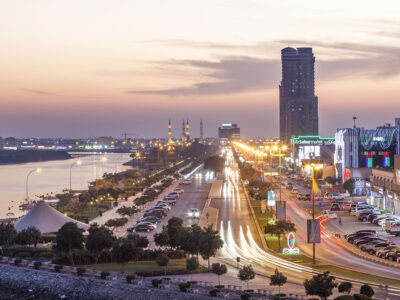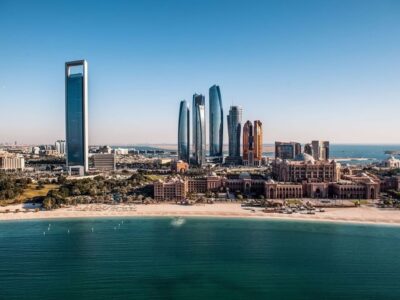Saudi Arabia’s non-oil sector will see modest recovery this year of around 2 percent, however gains are likely to be offset by weakness in the oil sector, according to a report.
Preliminary figures released alongside the kingdom’s 2017 budget in December showed that the Saudi economy expanded by 1.4 percent last year, noted Capital Economics in its latest Middle East Economics Update.
However, that growth was driven almost entirely by the hydrocarbons sector as the kingdom maintained high levels of oil output ahead of November’s OPEC meeting.
The rest of the economy, meanwhile, struggled as the kingdom began to implement a package of austerity measures to fill its budget deficit. Overall, the non-oil sector grew by just 0.2 percent, its worst performance since the late 1980s, the report said.
Analysts at Fitch Group company BMI Research have already predicted that the Saudi economy could tip into recession in 2017.
However, Capital Economics noted that the 2017 budget points to broadly neutral fiscal stance this year, and, compounded by “good progress” made with consolidation measures in 2016, the non-oil budget balance improved by more than 25 percentage points of non-oil GDP.
This, said the report, was the biggest improvement in public finances made since the early 1990s.
Given that no major further cuts to public spending are planned in the budget, the non-oil sector should embark on recovery – the construction industry in particular – and reach growth of around 2 percent this year.
This growth rate is still low, said the report, but it largely reflects weakness in the oil sector.








